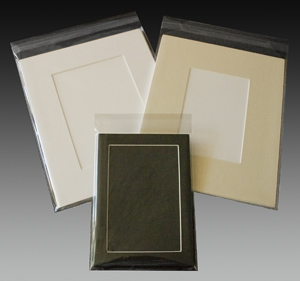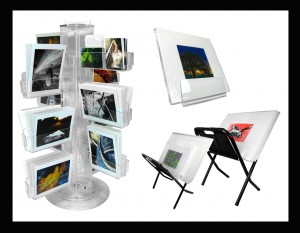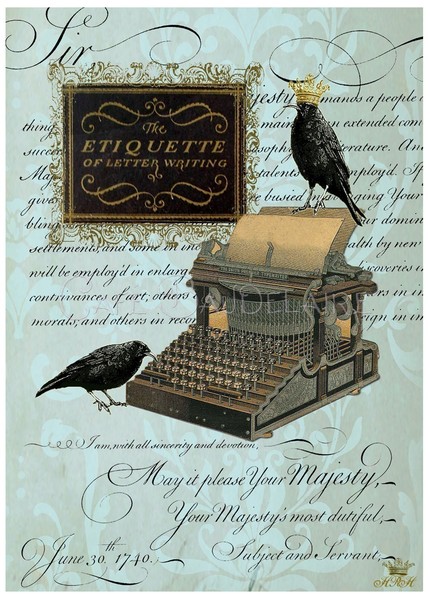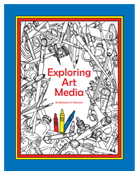Artist Trading Cards
Art Card Editions (ACEO)
Give an Art Card, Edition or Original, as a Stocking Stuffer
By Trevor Mauk
Countless artists today are trying to find new ways to have others experience their art. Many of them have turned to the Internet, and have had great success. But a new, easy way to have your art in the hands of others is becoming more and more popular. Artist Trading cards, or ATCs, are opening a new world of artistic experience to both experienced and amateur artists across the world.
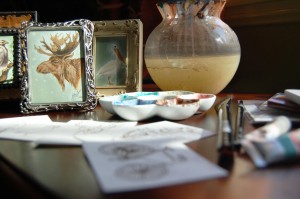
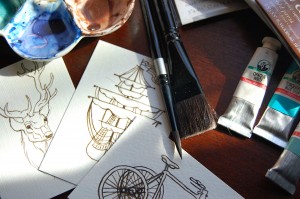
Artist trading cards were created in 1997 in Switzerland by Michael Leavitt, who was inspired by the idea of baseball trading cards. They are approximately 2.5 by 3.5 inch cards with an original piece of art that is created directly on the front, and with information about the artist who created it on the back. The individual cards are typically originals or part of an edition. The medium that the art is created on is limitless. Drawing, painting, photography, and three-dimensional objects can also be used on the cards. The only limitations for creating an ATC is that the card must be 2.5″ by 3.5″, and flat enough to be put into an envelope. Past these rules, the potential is endless, opening a wide range of possibilities for artists creating them. The small size has also pushed artists to create something very different than anything they have made before on their typically large canvasses.
Artist trading cards were not created with the intention of making money, but rather purely to experience art from others and to be able to share your own art as well. Therefore, they were intended to be traded and not sold. There are websites dedicated to arranging ATC trades, such as www.atcsforall.com, to make it very easy to start trading and to become part of the ATC community. The idea of physically trading these original pieces of art either through person or the mail has made this experience so much more genuine than experiencing art on the Internet. Having an original piece of art at your fingertips is oftentimes much better than viewing it on your computer screen.
Many artists who create ATCs also create their own envelopes that compliment their piece. It is also a good idea to put them in clear plastic pockets for storage and shipping to keep them protected. There are also specially sized boxes made for storing ATCs safely. A photo-album is a good way to keep ATCs protected and to look at them easily too. Some artists have been very creative with how they show and store their cards, whether it be sewing a plastic window on their handbag to display them, or framing them to show in their home.
In a world where so many artists are trying to find a way to have their art viewed by others, artist trading cards have opened up a new way to share original pieces in an easy, genuine way. With the artist trading card community growing, it is sure to open up a new artistic experience for artists of all types across the world.

